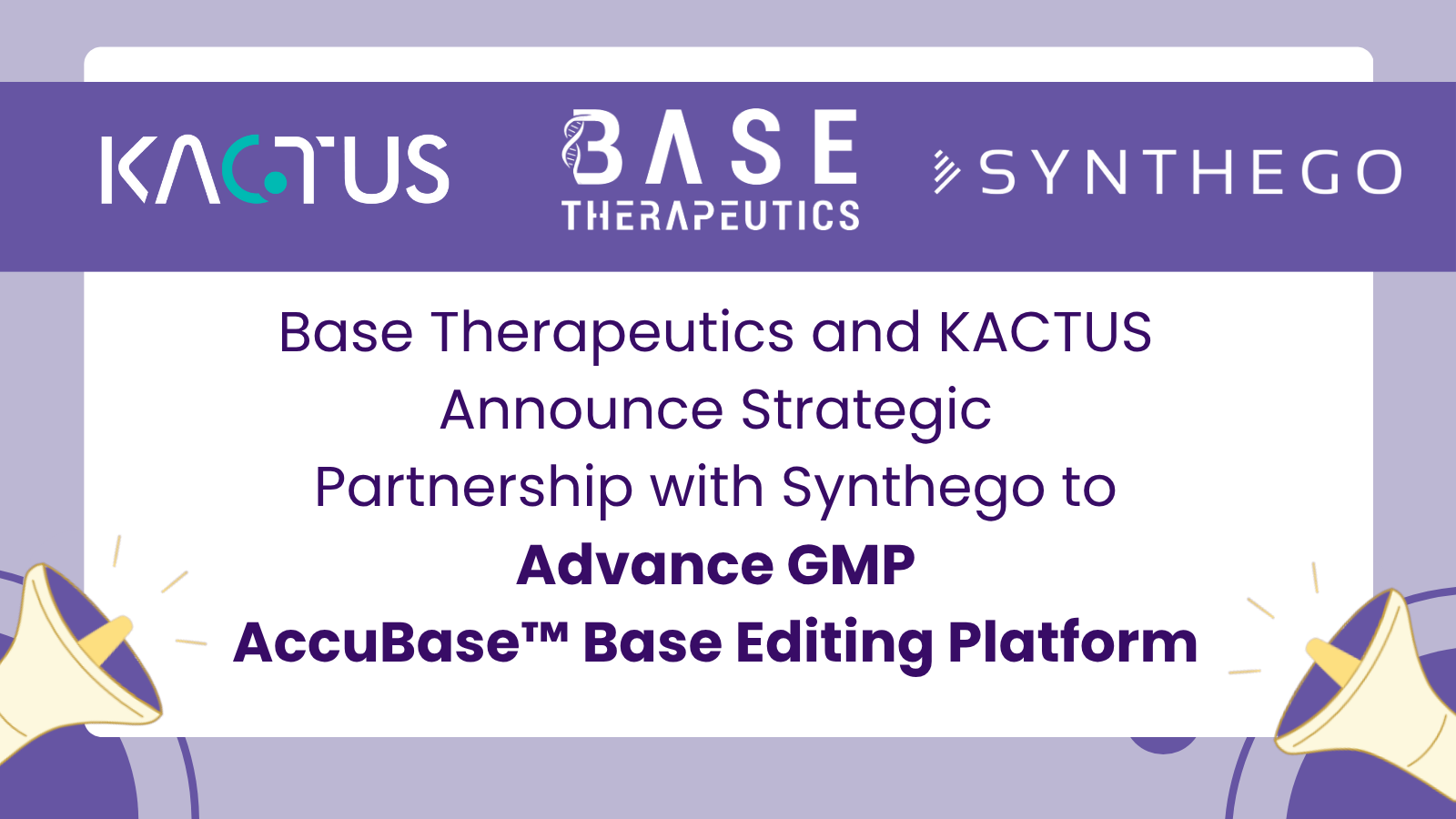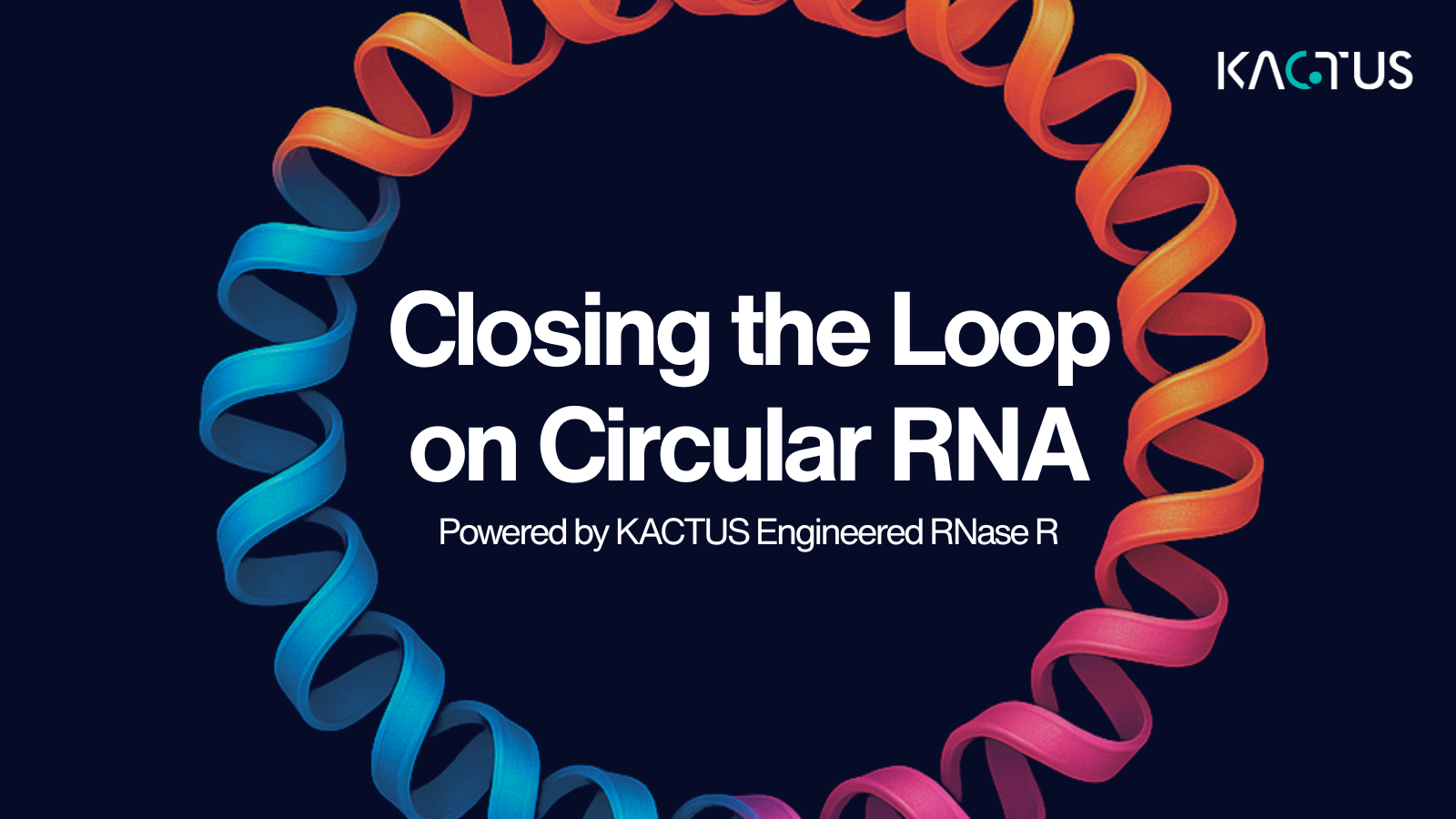Why Endotoxin Testing Matters: Safeguarding Recombinant Protein Applications in Immunology and Drug Discovery
By Yujiao Zhang
Recombinant proteins for drug discovery are foundational tools in biological research and drug development. From enabling functional studies and powering cell-based assays to serving as immunogens in antibody discovery, they play a vital role across life sciences. Yet, a frequently overlooked threat to experimental integrity is endotoxin contamination. Even at trace levels, endotoxins can interfere with experimental readouts, induce immune responses, and skew data interpretation—especially in sensitive applications like animal immunization and cell-based assays.
Detecting and controlling endotoxin levels is essential for ensuring accurate and reproducible results in recombinant protein preparations. This article explores the biological impact of endotoxins, the methods used for their detection—particularly the Limulus Amebocyte Lysate (LAL) assay—and how these considerations affect drug discovery workflows.
What Are Endotoxins?
Endotoxins are lipopolysaccharides (LPS) associated with the outer membrane of Gram-negative bacteria. Their structure consists of three main components: a hydrophobic Lipid A moiety responsible for toxicity, a core oligosaccharide, and a variable O-antigen polysaccharide. When introduced into mammalian systems, endotoxins can activate innate immune pathways, most notably via Toll-like receptor 4 (TLR4), leading to the release of proinflammatory cytokines.
In recombinant protein production, endotoxin contamination commonly arises when using bacterial expression systems like E. coli. Even in proteins produced using mammalian or insect systems, plasmid prep and upstream processing can introduce endotoxins if bacterial components are involved.
Why Endotoxin Control Matters in Drug Discovery
The presence of endotoxins in recombinant proteins can profoundly affect drug development workflows. During animal immunization, even trace amounts of endotoxin can trigger non-specific innate immune activation via TLR4, disrupting the intended antigen-specific immune response and potentially leading to lower affinity or off-target antibody generation. During in vitro assays such as ELISA and flow cytometry, endotoxins can interfere with antigen-antibody interactions, resulting in high background signals and compromised assay sensitivity.
Endotoxin-related interference is particularly critical when working with:
-
Antigen formulations for antibody discovery and vaccine development
-
Cell-based functional assays
-
In vivo efficacy or toxicity models
-
Preclinical research that requires high-fidelity, reproducible results
To safeguard the reliability of these studies, regulatory bodies and funding agencies often require documentation of endotoxin levels, especially in therapeutic development pipelines.
The Limulus Amebocyte Lysate (LAL) Assay
The Limulus Amebocyte Lysate (LAL) assay remains the most widely used, FDA-approved method for endotoxin detection. The assay is based on the blood of the horseshoe crab (Limulus polyphemus), which contains specialized immune cells called amebocytes. These cells harbor a clotting cascade that becomes activated upon exposure to endotoxins.
The LAL assay exists in three main formats:
-
Gel-clot assay: A qualitative test where gel formation indicates the presence of endotoxin above a certain threshold.
-
Chromogenic assay: A quantitative test in which endotoxin-induced activation of the clotting cascade leads to cleavage of a chromogenic substrate, producing a measurable color change.
-
Turbidimetric assay: A quantitative approach that measures the increase in turbidity resulting from the enzymatic reaction.
These LAL-based methods can detect endotoxin concentrations as low as 0.001 EU/mL, making them suitable for stringent quality control in protein manufacturing. Importantly, they must be performed under strictly controlled conditions to avoid contamination and false positives.
Alternatives and Complementary Methods for Endotoxin Testing
Although the LAL assay is the gold standard, it has some limitations, such as reliance on animal-derived reagents and potential cross-reactivity. Alternatives like the Recombinant Factor C (rFC) assay are gaining traction. The rFC method uses a recombinant version of the horseshoe crab clotting factor that activates in response to endotoxins, offering comparable sensitivity with improved sustainability, though its regulatory acceptance is still expanding compared to LAL in certain regions.
In practice, many companies and research institutions continue to rely on the LAL assay due to its regulatory acceptance and broad validation across product types. However, the future of endotoxin testing may increasingly incorporate recombinant technologies and biosensors for faster, more sustainable screening.
Best Practices for Endotoxin Management
In addition to testing, minimizing endotoxin contamination requires attention throughout the protein production workflow:
-
Use of endotoxin-free reagents, buffers, and consumables
-
Implementation of cleanroom or controlled lab environments
-
Expression system selection and upstream processing design
-
Robust purification strategies, including polymyxin B affinity chromatography, ion exchange, and ultrafiltration
Most importantly, batch-to-batch consistency is crucial—each lot must be tested to ensure reproducibility and compliance.
KACTUS: Raising the Standard with Ultra-Low Endotoxin Proteins
To support high-integrity, reproducible research, KACTUS is upgrading its entire recombinant protein portfolio to ultra-low endotoxin standards. Every batch is rigorously tested using the LAL assay, ensuring:
-
Endotoxin levels below 0.01 EU/μg
-
In many cases, as low as 0.001 EU/μg
These upgraded proteins are ideal for sensitive applications such as animal immunization, ELISA, flow cytometry, and preclinical assays where even trace endotoxins can compromise results.
By focusing on endotoxin control from expression through purification and testing, KACTUS aims to empower researchers with consistently high-quality reagents, enabling breakthrough discoveries with confidence and reproducibility. To learn more about our ultra-low endotoxin rollout, click here.











